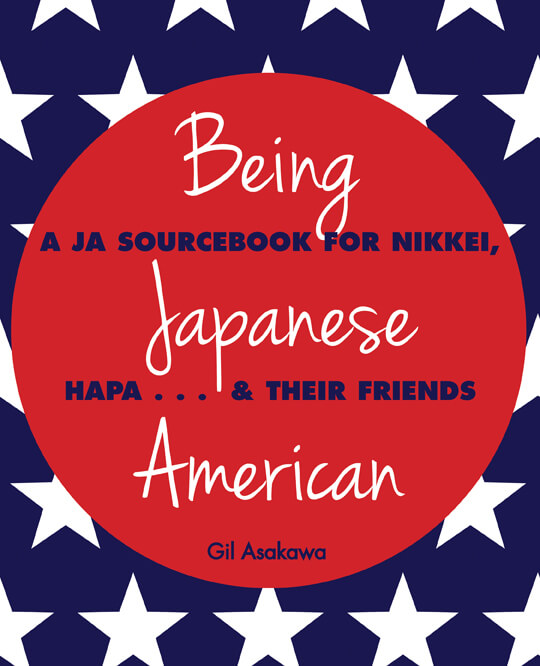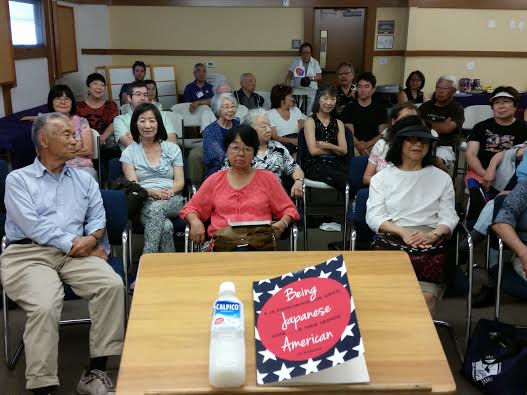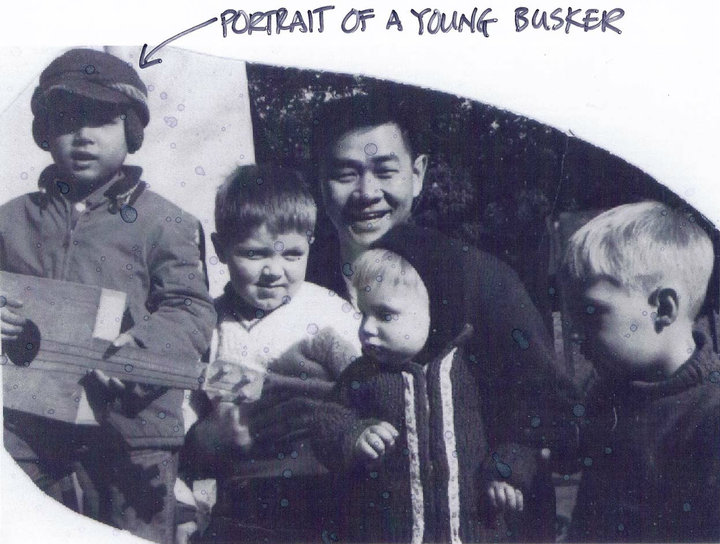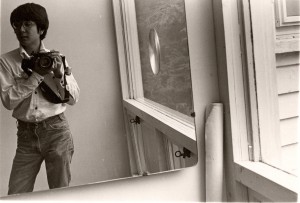 I started my writing career as a music critic and became a journalist with jobs at various mainstream media newspapers and later, websites, and wasn’t much concerned with covering the Japanese, Japanese American or Asian American Pacific Islander communities or issues.
I started my writing career as a music critic and became a journalist with jobs at various mainstream media newspapers and later, websites, and wasn’t much concerned with covering the Japanese, Japanese American or Asian American Pacific Islander communities or issues.
I became curious about my roots when my father was diagnosed with lung cancer in the early ‘90s, but it wasn’t until a few years later before I started writing about being Japanese American. I met my wife, who is Sansei, in the late ‘90s and one of the first things she said to me was that I’m a “banana” – yellow on the outside, white on the inside.
She was right, even though I was actually born in Japan.
My dad was a Nisei born in Hawaii but my grandfather took the whole family back to Japan in 1940 and my dad and his siblings were stuck there during WWII. That’s a book that’s been stewing in the back of my head for a long time.
He stayed in Japan and became a houseboy at 13 for the US soldiers stationed there during the US Occupation. When he was old enough, he enlisted in the Army and he began getting a carton of Lucky Strikes every week as part of his GI rations. That was his ticket to lung cancer, I’m afraid – he smoked until his death.
My mom was born and raised in the small fishing town of Nemuro, on the easternmost tip of the northernmost island, Hokkaido. My dad was stationed there during the Korean War, and that’s where they met.
My early childhood was very bicultural – my family lived in Tokyo (and for a year, Iwakuni, near Hiroshima) neighborhoods and my brother and I took the bus to American schools on US military bases. It never occurred to me that I was living a split personality as Japanese and American. One year for Halloween I dressed as a cowboy, complete with western pistols on my hip; the next I dressed as a samurai. I played ninja with my Japanese friends and had crushes on white girls at school.
But when I was eight years old and my family moved to the states where my dad got a transfer to Washington, DC, it took me just a few weeks to become all-American. I learned every English cuss word, for one thing, even though I didn’t know what most of them meant. And, I forgot most of my Japanese (I never learned to read and write hiragana or katakana, even though my mom the equivalent of “Dick and Jane” language primers with us to America).
Continue reading







 A reader named Robin, who is Japanese American and born in Iowa and bakes apple pies, sent me this email:
A reader named Robin, who is Japanese American and born in Iowa and bakes apple pies, sent me this email:





